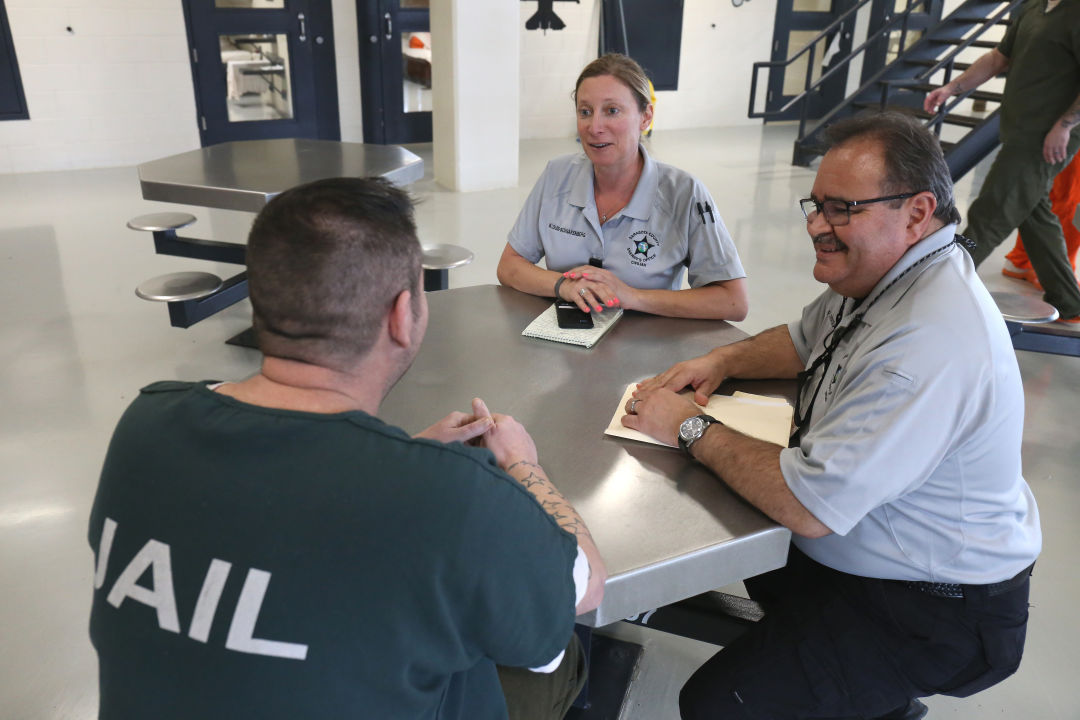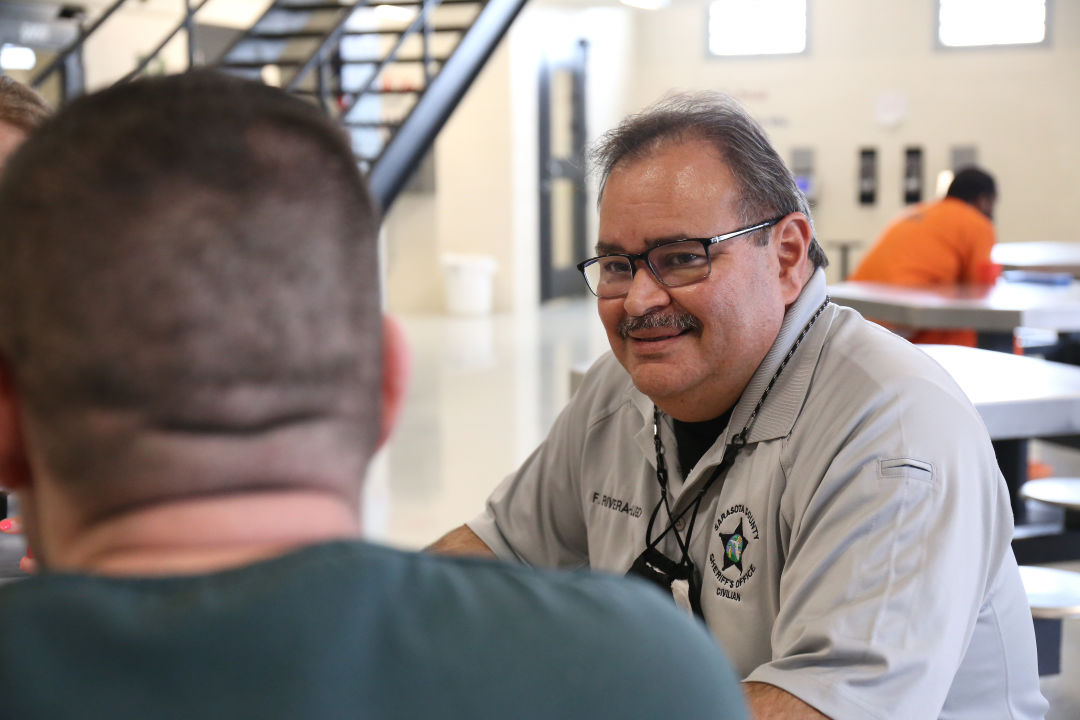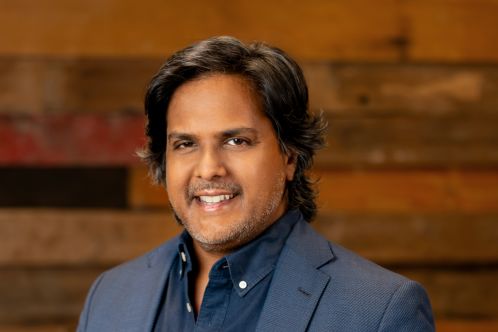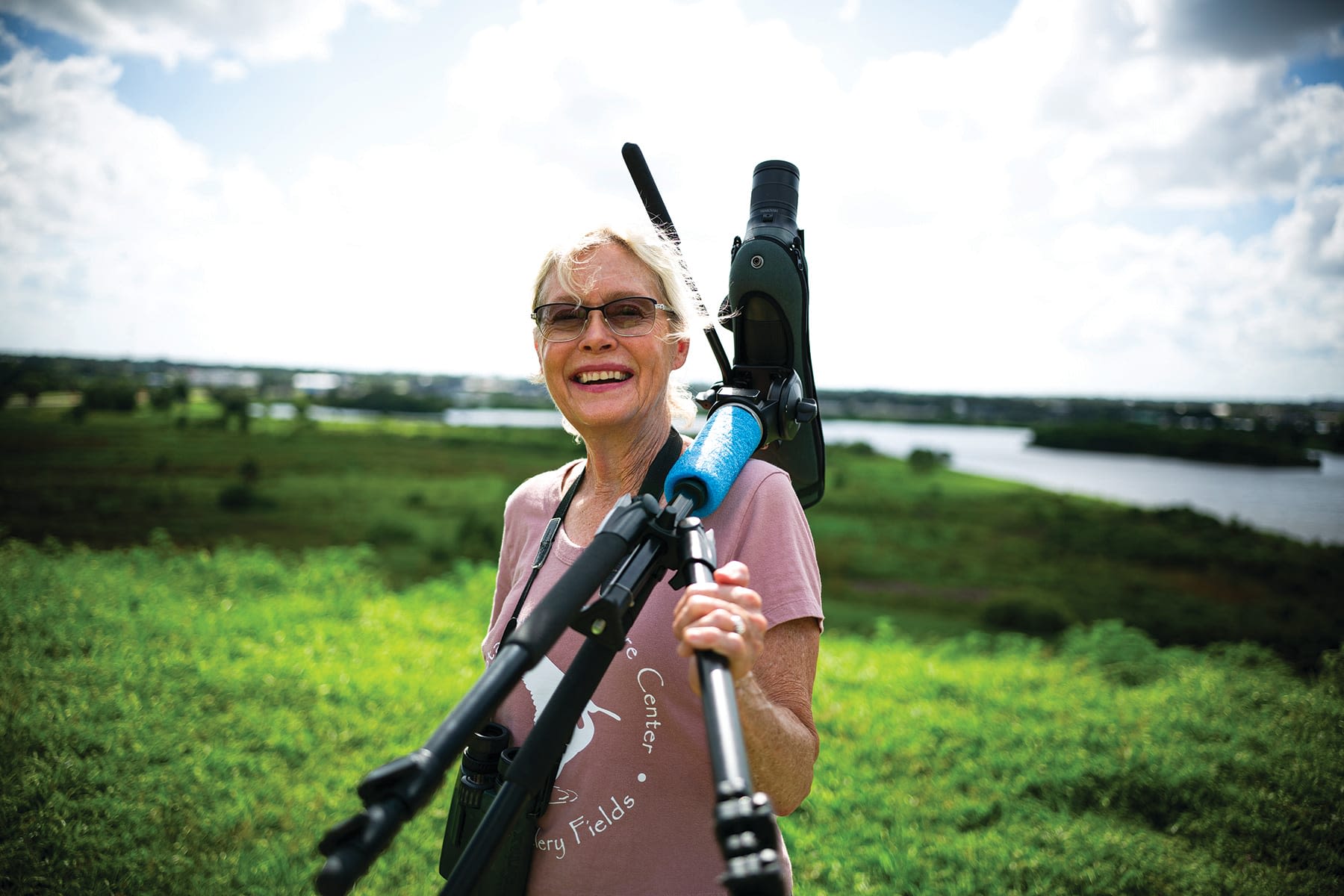Breaking the Cycle of Homelessness: Part One

Re-entry navigators work with incarcerated individuals to help facilitate a smoother transition back into the community at large.
In 2019, the National Alliance to End Homelessness reported there were more than 567,000 people experiencing homelessness in the U.S. Florida has the third-largest population of people suffering from homelessness in the nation: 28,328 people. In Sarasota and Manatee counties alone, there were 1,135 people identified as homeless in 2019.
Formerly incarcerated individuals are 10 times more likely to fall into homelessness than the general public. Trauma exposure and untreated behavioral health conditions can contribute to homelessness among criminal justice–involved individuals. Individuals being released from correctional facilities have numerous challenges to overcome with few resources and supports, often leading to a repetitive cycle of arrests and more.
There is a desperate need in our region to break that cycle, and Gulf Coast is part of the solution.
Re-entry navigators
In February 2020, Gulf Coast Community Foundation partnered with the Sarasota County Sheriff’s Office (SCSO) to launch the inaugural Re-entry Navigator Program to positively reintegrate individuals into the community upon their release from the correctional facility.

Re-entry navigators work with men and women while they are still incarcerated, providing counseling and re-entry planning.
With funding from Gulf Coast, the Sheriff’s Office hired two full-time “re-entry navigators,” who connect inmates to reintegration programs before and after they leave the county correctional facility, helping them avoid returning and ultimately keeping the community safer. The SCSO’s re-entry navigators work with men and women while they are still incarcerated, providing counseling and re-entry planning. The navigators continue that relationship from the moment individuals are released from the correctional facility, maintaining case management and ensuring participation in the follow-up services they need to succeed in the community.
Once an inmate is released, navigators assist them with post-release barriers, which may include finding housing, employment, securing identification, transportation, and other resources depending on the client’s needs. Navigators also provide encouragement to the clients in their reintegration journey. Since inception, the navigators have connected with 222 inmates in the correctional facility, and 12 continue to receive support in the community.
Post-release barriers: housing
One of the first questions an inmate has when approaching their release date is: “Where will I go?”
In response to the ongoing challenges of identifying and securing housing for inmates returning to the community, a joint meeting was held on January 12, 2021, between the SCSO corrections leadership team, including the re-entry navigators, and the Community Assisted and Supported Living, Inc. (CASL) leadership team to brainstorm a solution to this problem. Together they envisioned the Transition Inmates to Supported Housing project (Transitions). With funding from Gulf Coast Community Foundation, this vision was made into a reality.
Transitions worked with the re-entry navigator team to identify potential candidates who would be homeless upon release. Through the Gulf Coast grant, CASL was able to dedicate five beds for this project. These candidates were then linked with CASL and given the opportunity to move into one of the five beds. CASL case managers worked with individuals to develop plans for success within five days of admission, coordinating food access, transportation services, assistance in applying for benefits, and more.
At Gulf Coast Community Foundation, we tackle bold, catalytic, regional issues that are in need of real support. This partnership among SCSO, CASL, and Gulf Coast Community Foundation to implement these five beds and immediately help those in need was groundbreaking from the start. Supporting a successful reintroduction to the community was the goal for all, and the stories from the individuals who are living this are quite profound. Stay tuned for next month’s update on one of those individuals, whom we will call by the first letter of their first name, ‘J.’



